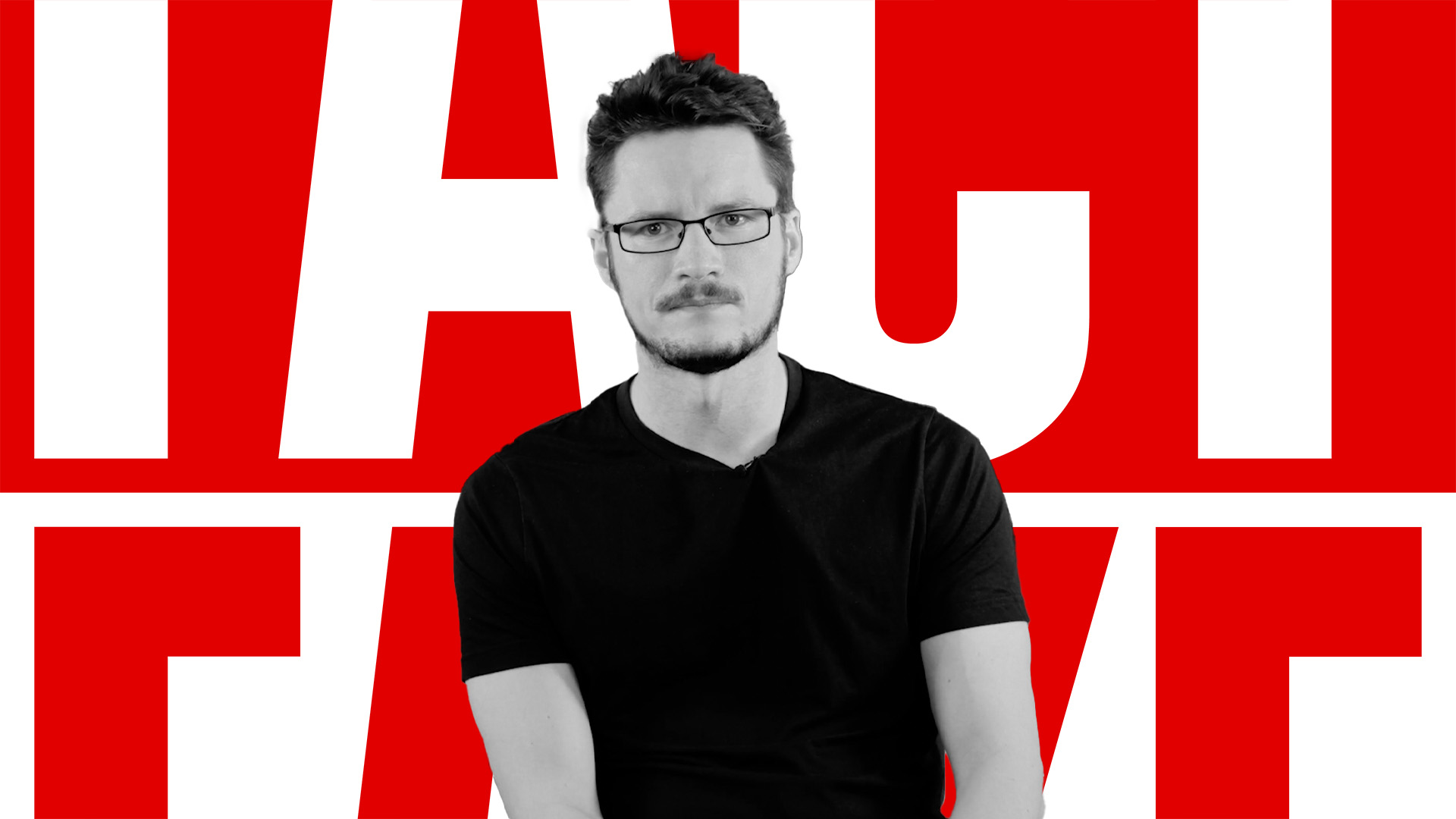Patterns
What logic do conspiracy theories follow?
Conspiracy theories deny that things ever happen by chance and call all that is apparent into question. They claim that nothing is as it seems and that everything is connected. American studies scholar Michael Butter distinguishes two fundamental conspiracy models: those “from above” and those “from below.”
The best-known conspiracy theories of the 18th to 20th centuries in Germany are said to have started with conspiracies “from below.” The so-called Dolchstoßlegende or stab-in-the-back myth, for example, was a conspiracy theory circulated by the German army command to blame social-democratic politicians and Jews for the defeat of the German Empire in World War I. Conspiracies “from above” are pictured as plots hatched by those in an elite echelon (Michael Butter: “’Nichts ist, wie es scheint’: Über Verschwörungstheorien,” Berlin 2018, p. 30–31).
Then there are “event-based conspiracy theories,” which revolve around events such as the attacks of September 11, 2001 or the airplane crash in Smolensk on April 10, 2010, which caused the death of Lech Kaczyński, the Polish president and co-founder of the right-wing PiS party (Prawo i Sprawiedliwość, English: Law and Justice).
Beyond this, there are “system-related conspiracy theories.” This refers to the idea that a group of people is responsible for a large number of events. An example is the Dreyfus affair, which was motivated by antisemitism: after the Franco-Prussian War was lost, the Elsatian Jew Alfred Dreyfus, who was an artillery officer, served the French public as a scapegoat for France’s defeat. In 1894, he was convicted of treason by a Paris court martial.
Finally, there are so-called super conspiracy theories, a combination of event-based and system-related conspiracy theories (Butter, 2018, p. 33–34). Here the protagonists are secret societies like the freemasons, or else Jews, communists, feminists, scientists, politicians or activists.
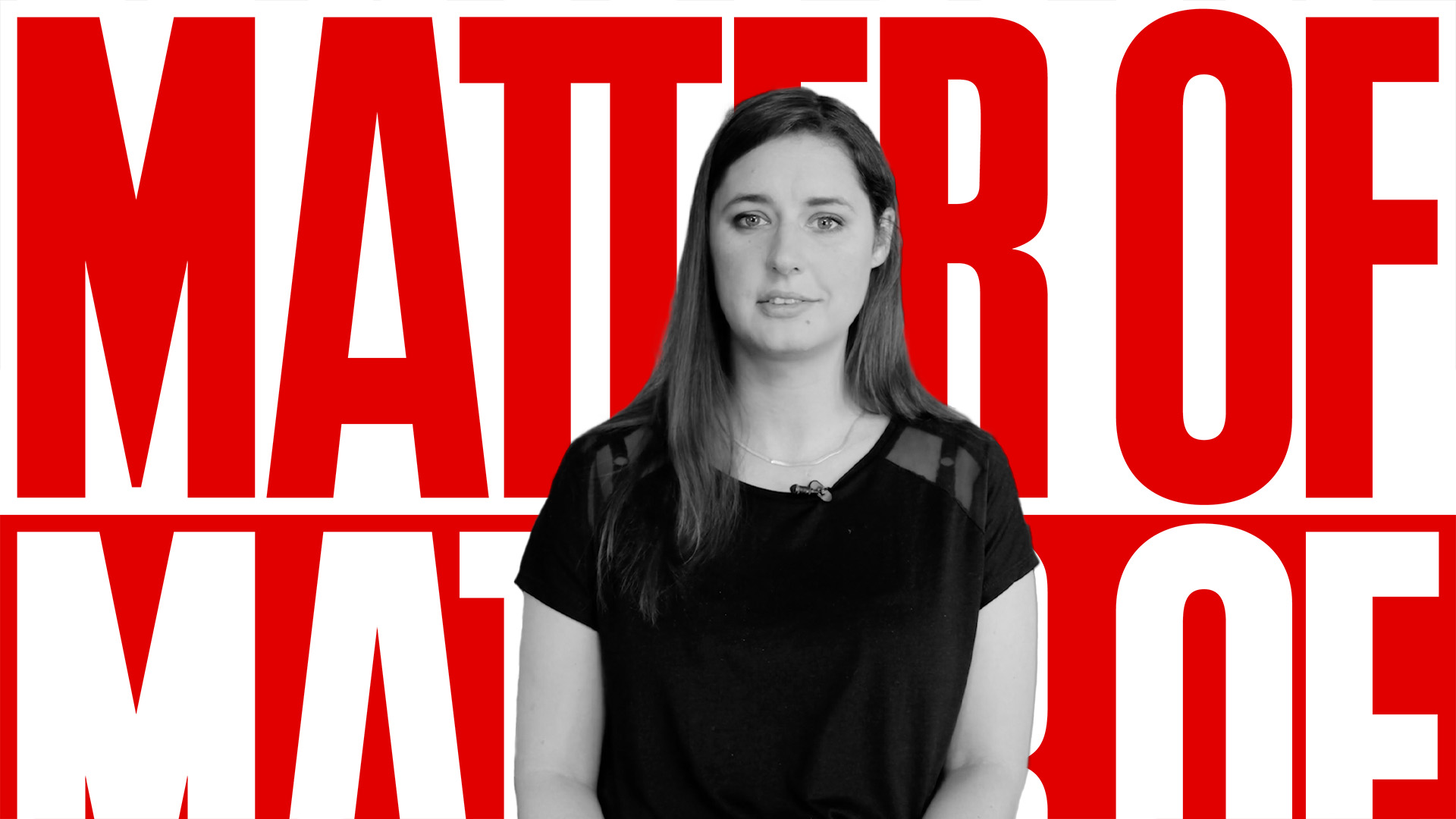
What do conspiracy theories have to do with UFOs?
Ever since it was claimed that an extraterrestrial flying object landed in Roswell, New Mexico, USA circa 1947, UFOs (Unidentified Flying Objects), today called UAPs (Unidentified Aerial Phenomena), have been very closely connected with conspiracy theories (fig. 1).
UFOs were last in the news when the “U.F.O. Report”* was issued by the US government on June 25, 2021. The report said that there was no link between the objects that had been sighted by US Navy pilots in the last few years – the objects were seen to rapidly change direction – and extraterrestrial flying objects. However, while making this claim, the Pentagon also said that it was unable to say what caused them (fig. 2). This stirred up UFO theories and was done by the US government to protect secret military projects.
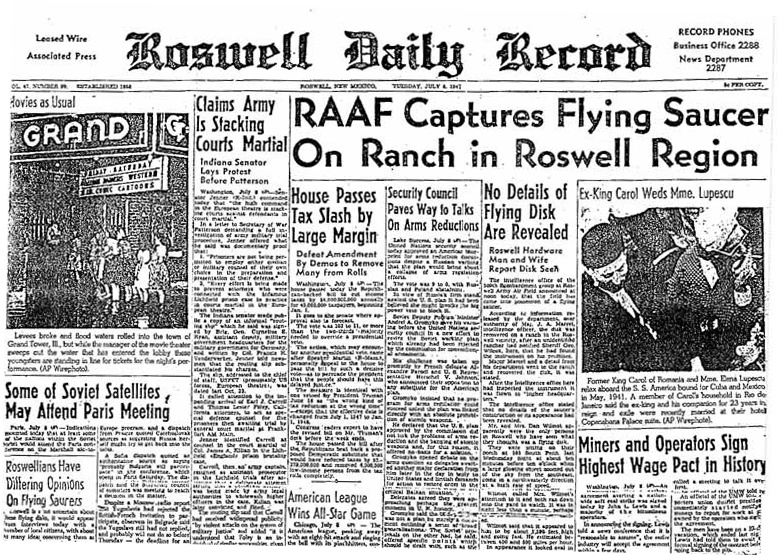
Fig. 1
“RAAF [Roswell Army Air Field] Captures Flying Saucer on Ranch in Roswell Region,” Roswell Daily Record, July 8, 1947, Wikimedia Commons
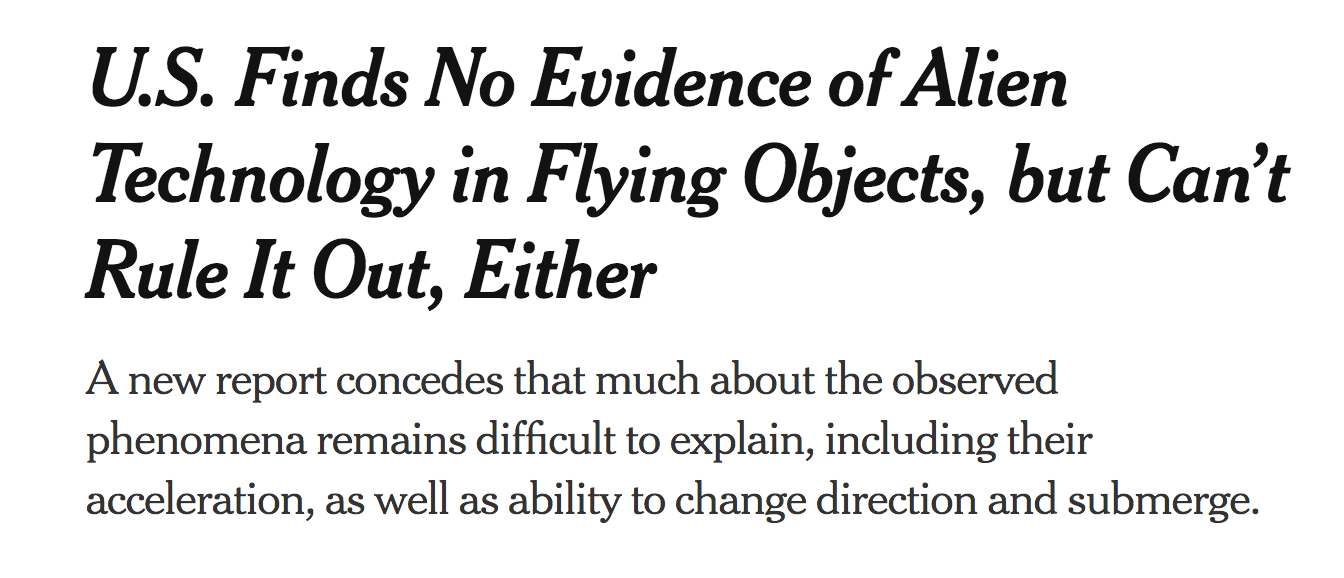
Fig. 2
“U.S. Finds No Evidence of Alien Technology in Flying Objects, but Can’t Rule it Our Either,” New York Times, September 1, 2021
www.nytimes.com/2021/06/03/us/politics/ufos-sighting-alien-spacecraft-pentagon.html
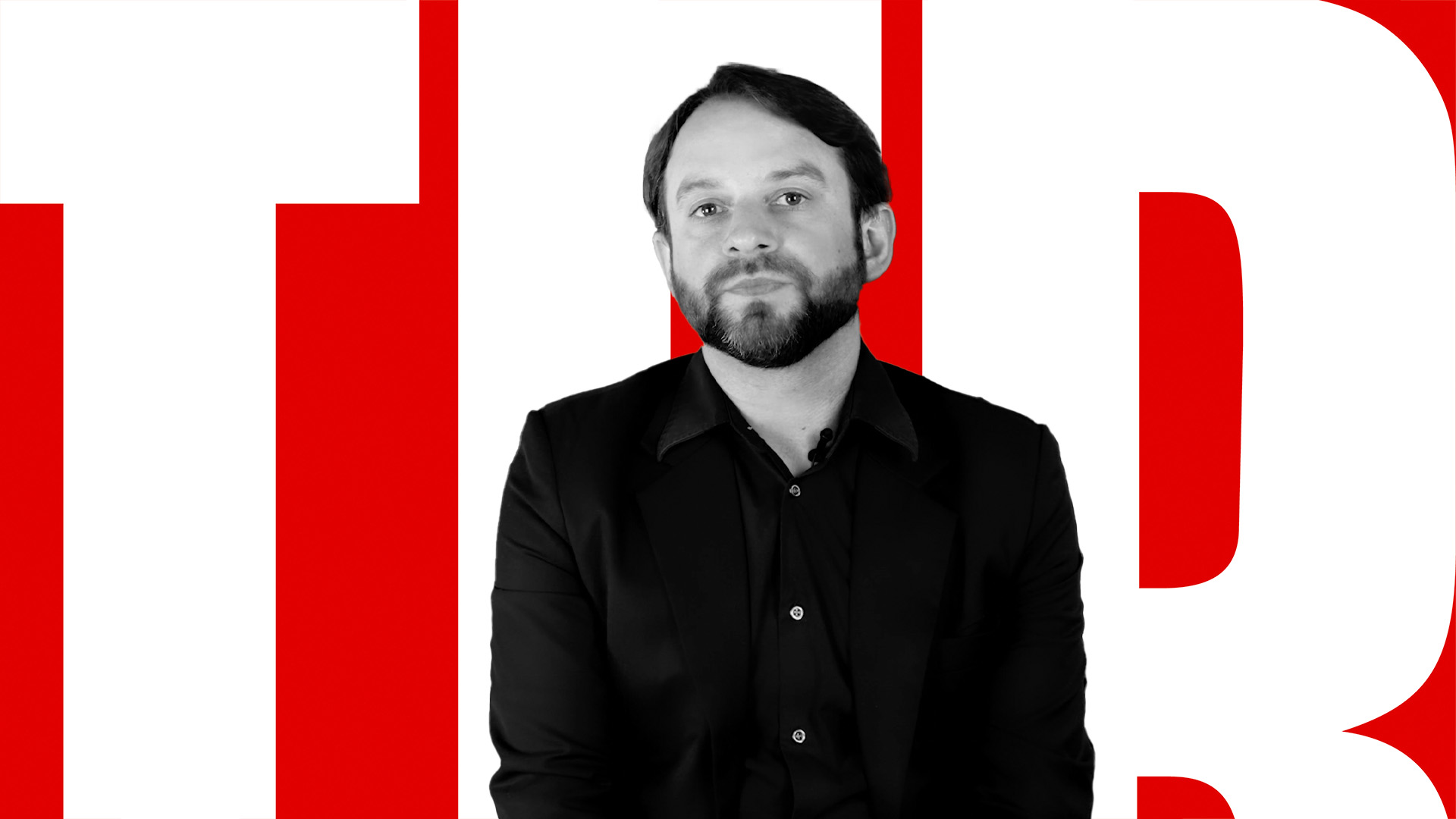
Who are some well-known conspiracy theorists?
It is often claimed that conspiracy theorists and their supporters are found in the social margins. This presumption has been debunked several times, most recently by the journalist Anne Applebaum (Anne Applebaum: “Twilight of Democracy: The Seductive Lure of Authoritarianism,” Toronto 2020, p. 7 ff.). Conspiracy theories are also espoused by educated people from higher social classes or by public figures, who use their renown and their media influence to mobilize against marginalized groups.
